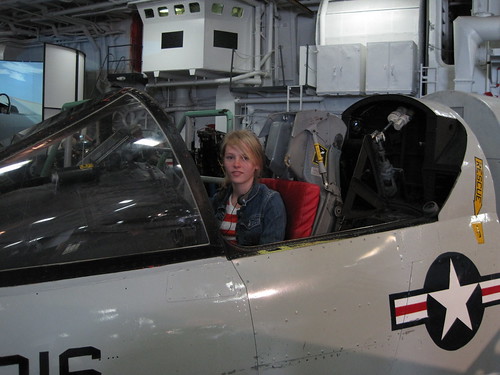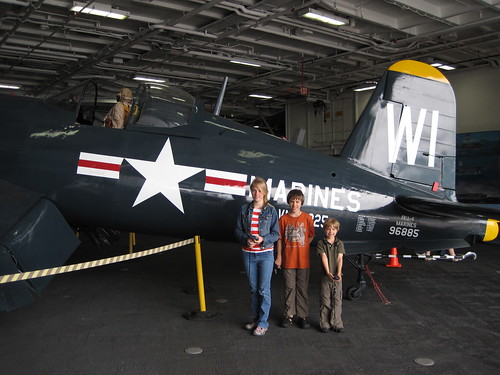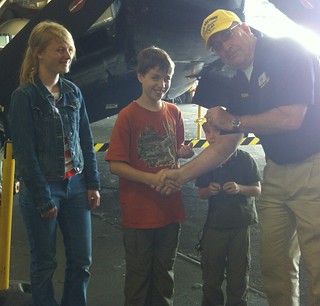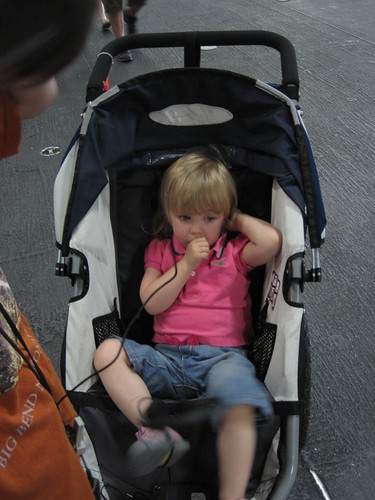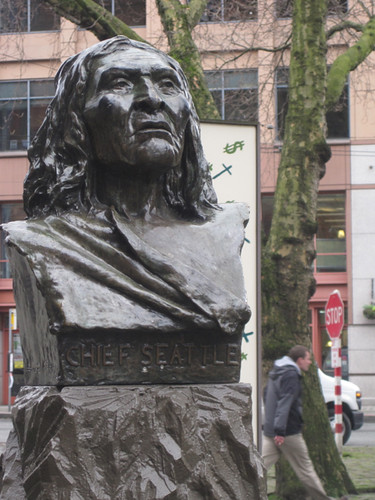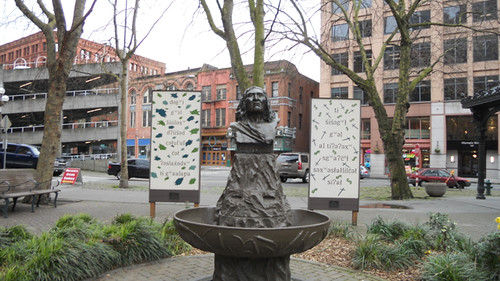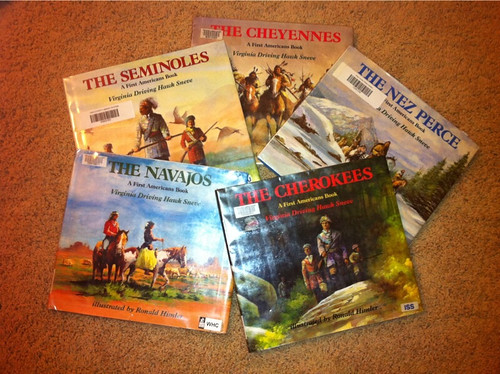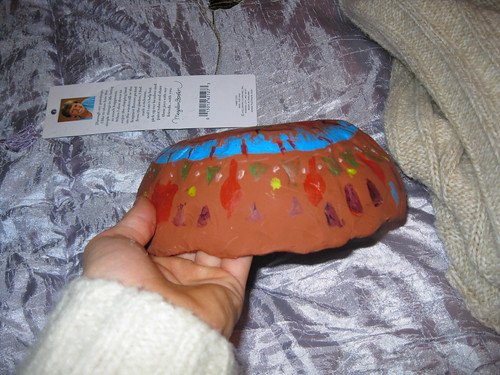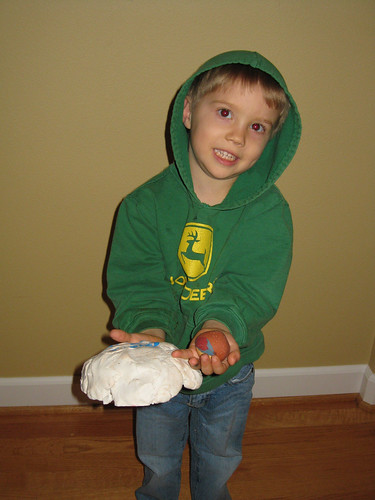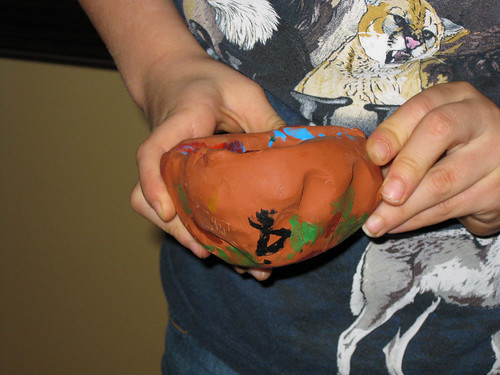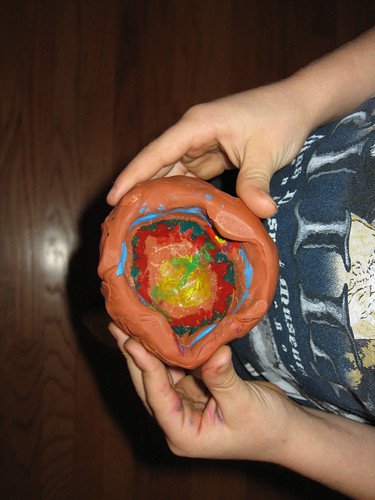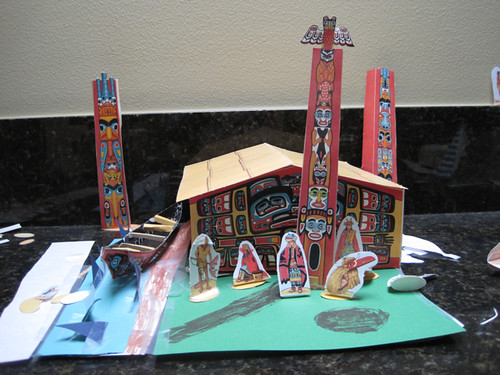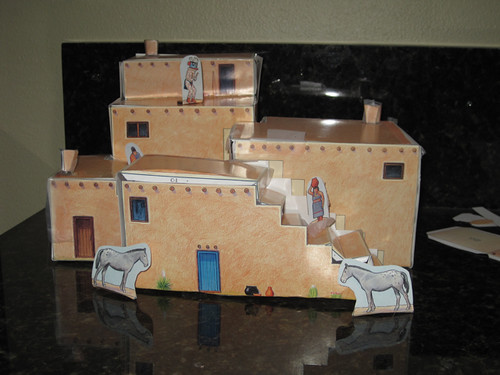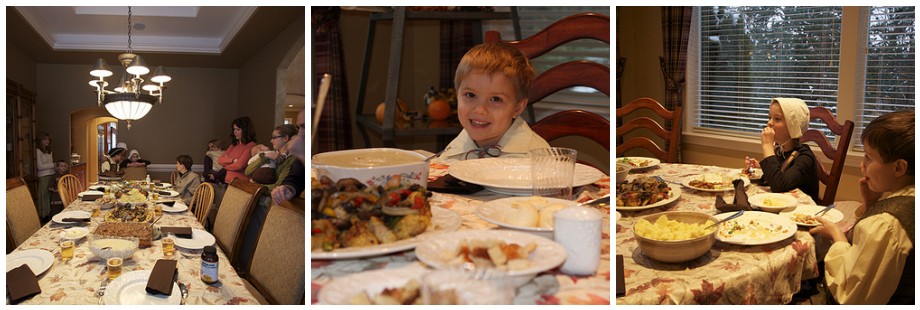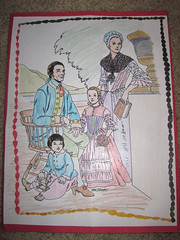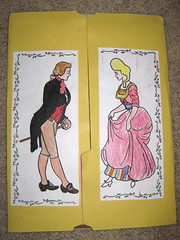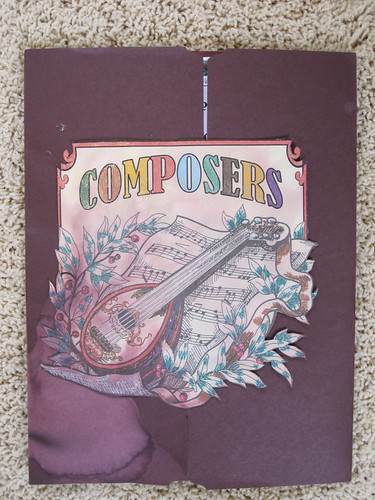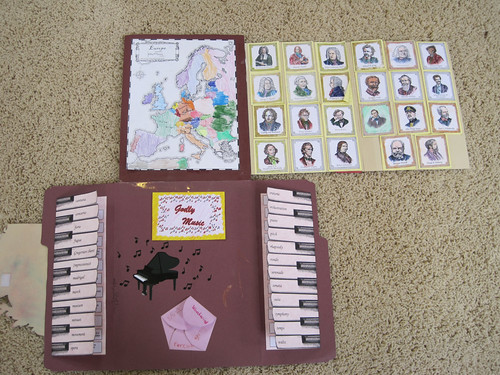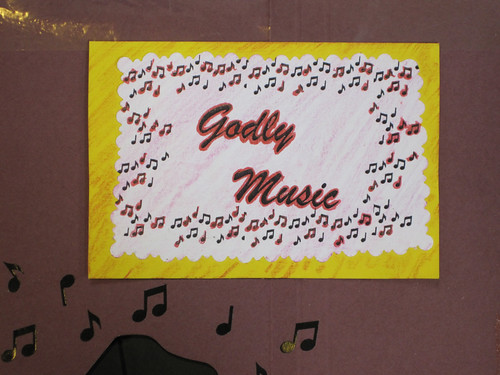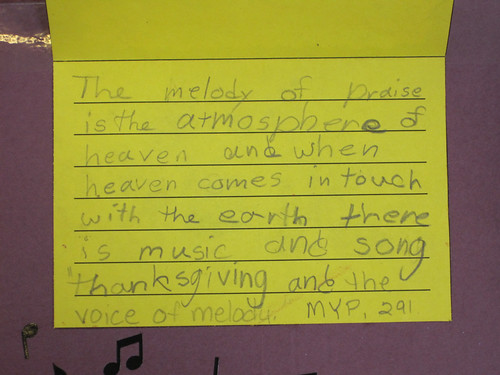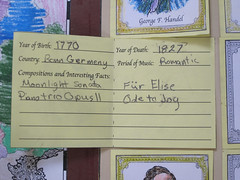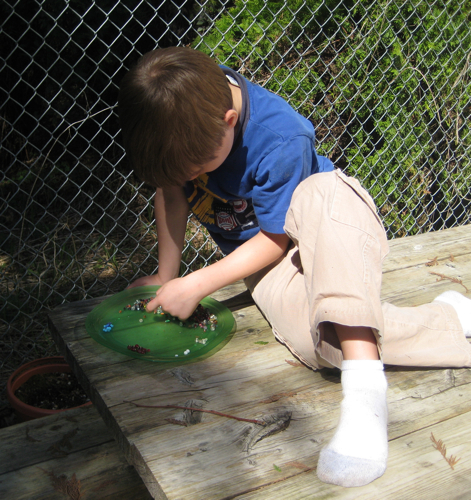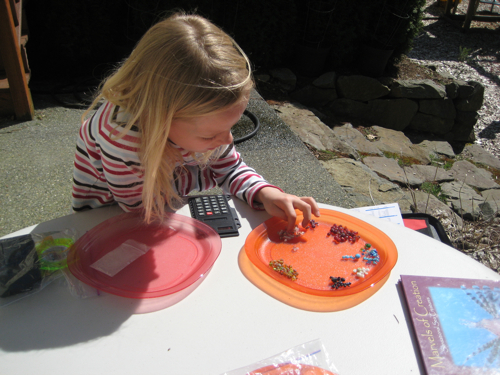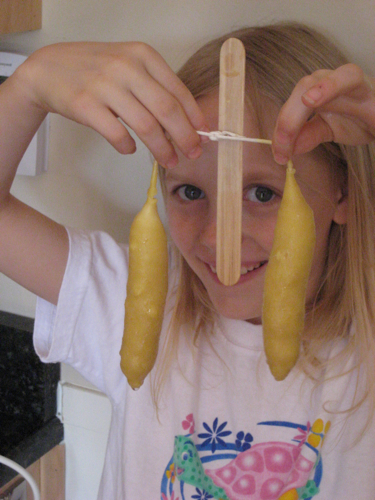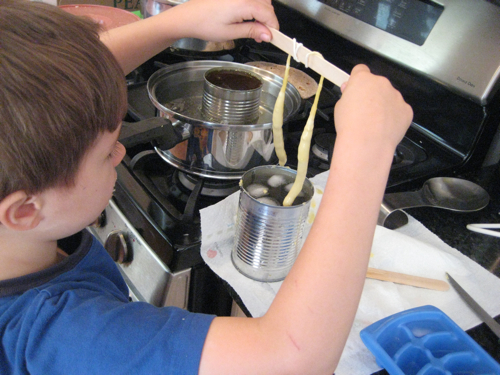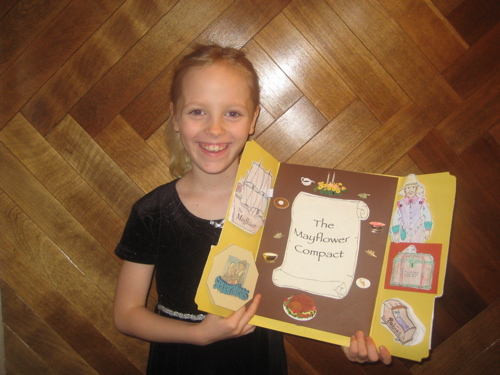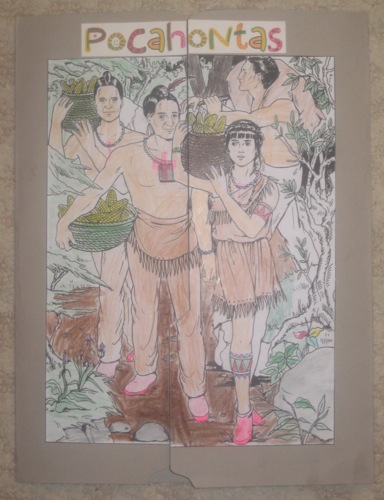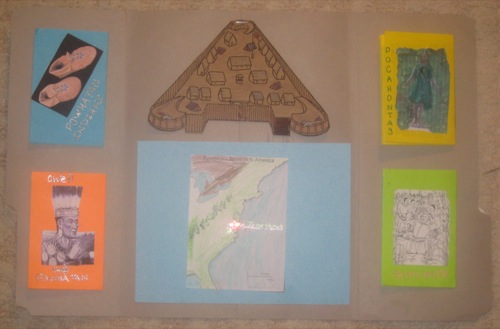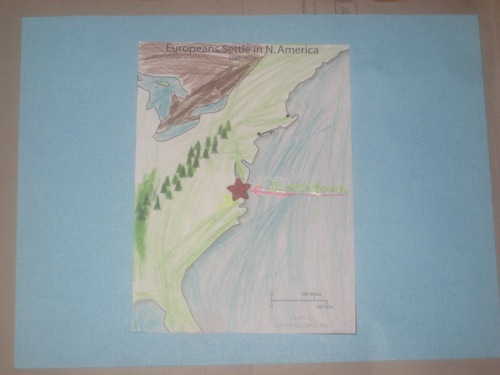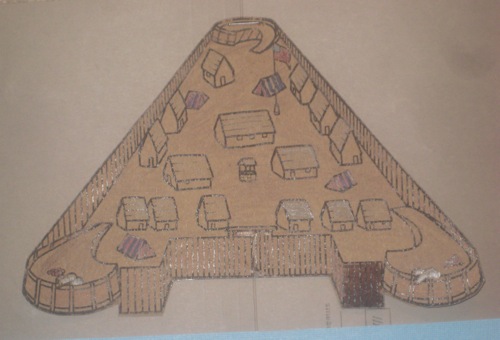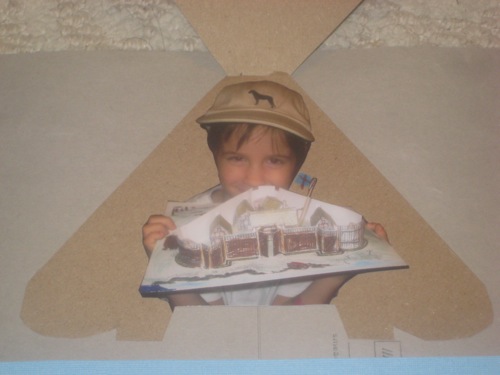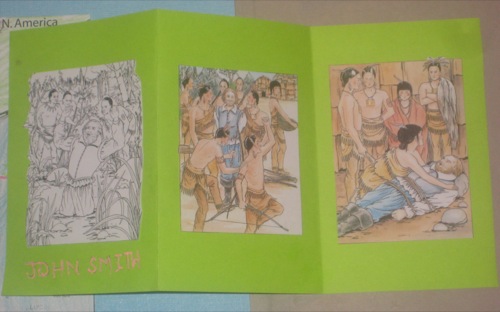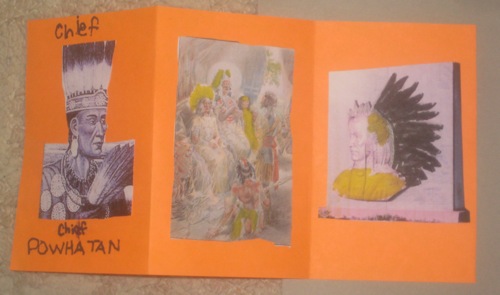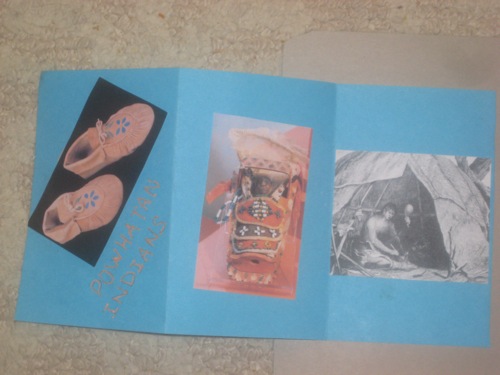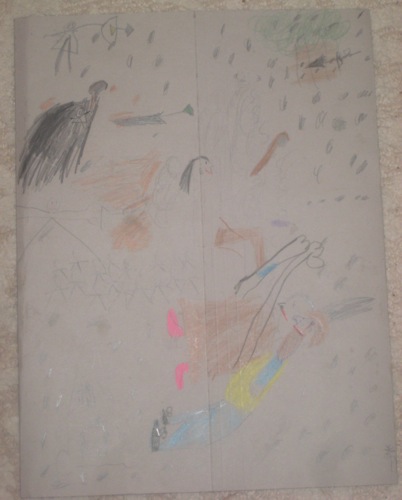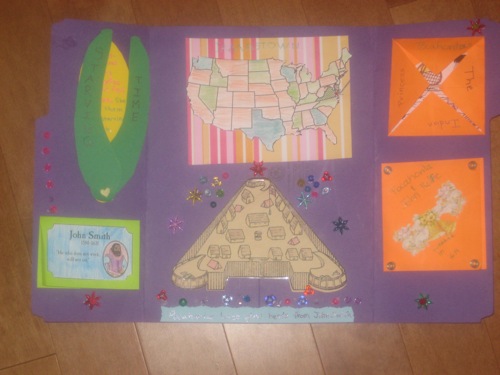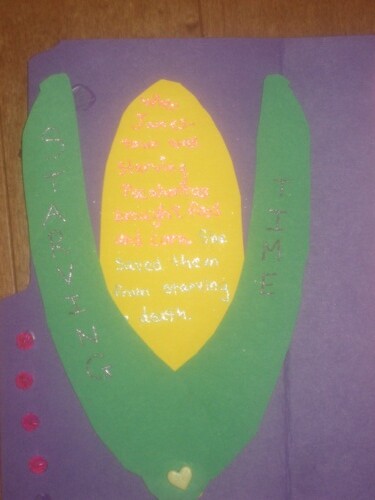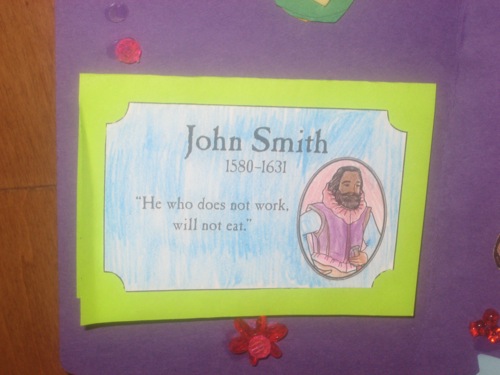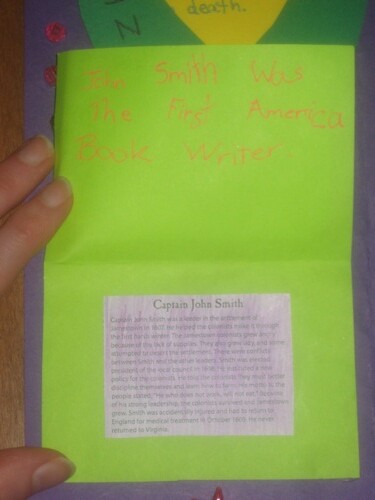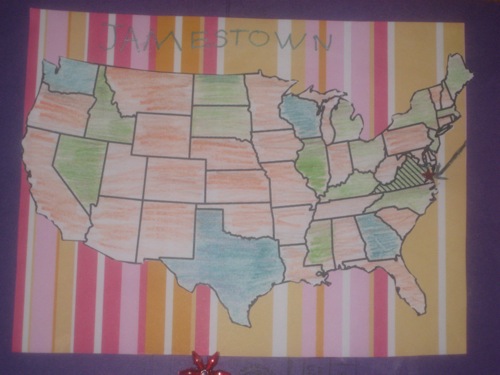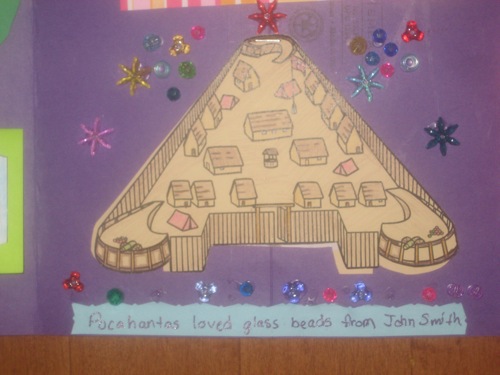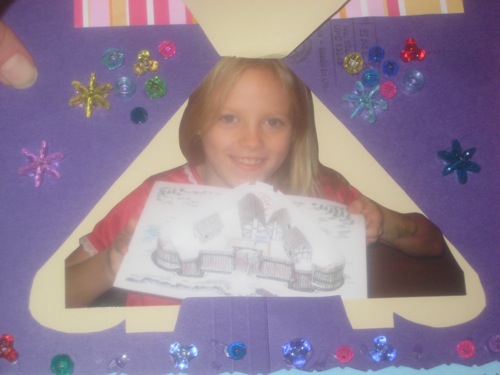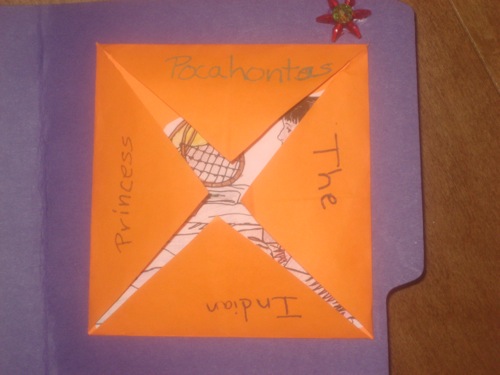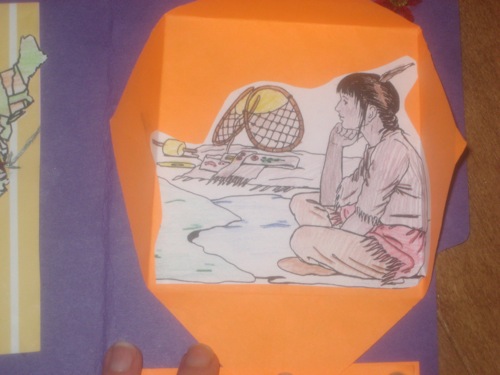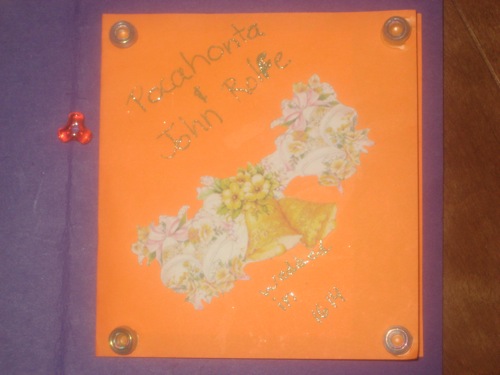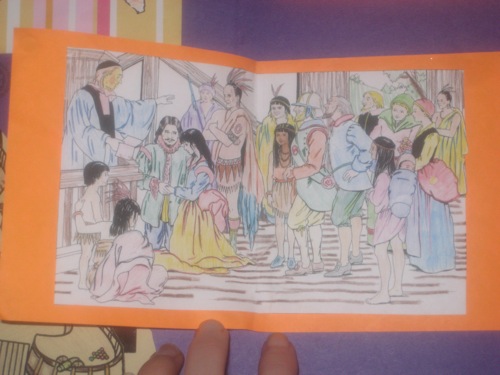Photo Credit: By US Navy Employee (Naval Historical Center)
[Public domain], via Wikimedia Commons
One of the very interesting museums that we visited last week was the USS Midway Aircraft Carrier. We ended up spending five hours touring that massive ship. I have no idea how the crew kept from being lost on that ship. I’m afraid I would have gotten lost and never figured out how to see the sun. Just gone in circles in a maze that never ended. We learned that 4500 crew members were aboard that ship when it was in service. Talk about a small town. They had their own dental office, post office, surgery ward, barber shops, jail, laundry (and I mean laundry–if I could have some of those tools, I would only have to do one or two loads a week, but I don’t know where they would fit in my house.) and the list goes on. It was impressive!
Here are some pictures of our day there.
First up is a young lady dreaming of being an Air Force pilot.
Next is a young lady behind bars, who seems to know how to really act the part.
Just posing by one of many beautiful planes.
The USS Midway has a Junior Pilot program, somewhat similar to the Junior Ranger programs offered by the National Park Service. As we toured the ship, the three older kids worked on earning their Junior Pilots. At the entrance to the ship, you are given an audio device that you wear for the whole tour and then as you enter each section, you just dial in the appropriate number and you get an interesting narration about what takes place there. They also had a kids version, which happens to be what I listened to mostly, because my kids kept asking questions about the things they were supposed to fill out on their papers. But, I have to say, the kids version was very interesting and I learned more than I can store anyway, so that worked out great.
Here are photos of the swearing in and pinning as Junior Pilots.
As I said, we spent five hours in/on this ship. They figure that the normal time is three hours. There’s a reason we took five. You can see that we had our stroller with us, but strollers do not go up and down hatch ladders. I carried the baby up and down so many ladders that day, it was unbelievable. That’s the reason for the extra two, I just went a little slower than most and I made sure to enjoy all exhibits that included chairs. I was still glad for the stroller when Baby fell asleep, as you can see in the above photo. But I’m telling you, I figure that I knew what it was like to be one of the package handlers on that ship, hauling packages all over the place–it’s exhausting.

